The main purpose of general tunnel lighting is to prevent accidents by providing maximum visibility of objects on the tunnel surface and to enhance safety and comfort for drivers passing through or entering the tunnel. CIE 88 - "Guidelines for Lighting in Road Tunnels and Underpasses" provides a guideline for tunnel lighting and is the basis for many national regulations. It divides the tunnel into different areas according to each specific requirement. First, the entrance section requires a very high brightness value so that the driver's eyes can adapt to the darker lighting conditions in the tunnel. The length of the inlet section is determined by the maximum speed limit in the tunnel, as the higher speed limit requires a longer entry section. Secondly, in the transition section, the brightness on the road surface slowly decreases until the level of illumination in the interior of the tunnel is reached, providing smooth adaptation from the entrance to the middle section. In the first half of the inlet section, the maintenance factor is considered to be 0.67, the illumination is approximately 150-300 cd/m2, and the internal area is typically limited to 2-6 cd/m2. Currently recognized quality parameters for road tunnel lighting include: uniformity of overall and longitudinal road surface illumination (ideally without stroboscopic), illumination of tunnel walls, glare avoidance, and color temperature and color rendering index. In recent years, the development of semiconductor technology, LED gradually replaced the traditional tunnel sodium lamp. Many national standards have updated the requirements of the above parameters. In addition to regulations such as the Swiss ASTRA (BundesamtfürStra?en), the Austrian ASFINAG Program Manual (PLaPB 800.562) is one of the first standards specifically for LED tunnel lighting systems. This standard introduces clusters into different tunnel lighting categories, not only specifying the different lighting requirements for each cluster, but also specifying the different distances from the 18 meters (cluster standard) to the luminaires between successive lighting strips. It also sets different requirements for energy efficiency, lighting color and color rendering. Although color rendering does not seem to be the most important index in tunnel lighting, given the increasing number of different signal colors in road tunnels, it is important for drivers to quickly distinguish between yellow and red, or blue and green. Moreover, compared to traditional lighting systems, the advantages of LED systems are also reflected in true color illumination, high luminous efficiency and efficient lens distribution. The LED system provides analog dimming inside and inside the tunnel, eliminating the problem of uniformity of road surface brightness caused by turning off the entire set of fixtures. The current LED tunneling system has become an intelligent solution that communicates the current state of the luminaire with the driver. However, there is still discussion about where to integrate support and control electronics. Some tunnel markets require smart drives to be installed in the luminaires, while others require all electronic equipment to be installed in a maintenance building at the tunnel or in a control building at the entrance. Both solutions have advantages, which reduce maintenance. Basically, in Germany, Austria, and Switzerland, the general characteristics and requirements of tunnel luminaires have changed from CRI 20-30 sodium lamps to CRI 70 or even 80, 4000 - 4500 K LEDs, and even some current projects require efficacy even exceeding 110 lm. /W, systems with a system lifetime greater than 80,000 hours (failure rate less than 10% during this period). But some requirements, though important, are not met by lighting alone. In particular, early LED luminaires were more dazzling than traditional luminaires, so avoiding glare became more and more important. Some regulations have required threshold increments of 8% or even 6%, as lower threshold increments mean less glare. The threshold increment is the relative relationship between the brightness of the light curtain and the brightness of the road surface. The lower the brightness of the light curtain or the higher the brightness of the road surface can reduce the glare. The brightness of the light curtain itself depends on the luminous flux and light distribution of the luminaire. Lamp manufacturers can develop fixtures that maximize road surface brightness while providing relatively low light curtain brightness, but one key factor is uncontrollable. This is the brightness coefficient q0 of the road surface, which determines the relationship between the illuminance [lx] and the brightness [cd/m2]. The brightness factor typically varies between 0.05 and 0.07 depending on the grade of the road. Therefore, q0 can change the brightness value on the road by about 30%. In turn, the luminous flux of the luminaire must be increased by 30%, which results in higher light curtain brightness and higher threshold increments. A meaningful, but not necessarily predictable, result is luminous efficiency, lm / W. This value perfectly describes the efficiency of the LED, and higher luminous efficiency represents higher energy efficiency. This is also the case for all tunnel luminaires with a symmetrical light distribution, which is generally applicable to the inner region of the tunnel. Since the transmittance values ​​of different optical systems on the market are almost the same, almost 90%, and the light distribution provides similar road surface brightness, the luminous efficiency is the best choice for determining the energy efficiency of the entire lamp. But what about the entrance and transition zones? Typically, these luminaires are equipped with retroreflective elements that reflect light at a very high angle to the driver. Reflective luminaires provide better brightness values ​​than symmetrical light distribution luminaires. Therefore, reflective luminaires have always been the choice of tunnel entrance areas, both economical and efficient. However, these luminaires can only be used for the entry and transition areas where the luminaire distance is small. In the middle section, reflective luminaires produce too much glare at an illumination distance of 8-15 m, and also cause uniformity of light. As shown in Fig. 4, the peak intensity of the retroreflective luminaire is at a vertical angle of 60 or more, and more importantly, the light is almost entirely distributed in one direction. This "light bending" causes loss of reflection, which reduces the transmittance and causes the luminous efficiency of the luminaire to decrease. For luminaires in the inlet and transition sections, the luminous efficiency values ​​are not taken into account. Assuming the same lumen input, a reflective luminaire with a peak above 60° will produce a fairly high brightness value on the road surface, while 55° will be small, although the latter may have higher transmittance values ​​and higher luminous efficiency. . It should also be noted here that a luminaire with a peak intensity at a higher vertical angle does not necessarily produce more glare. Thus, the specific surface power density is more suitable for describing and requiring the energy efficiency of tunnel entrance illumination, including known brightness values, lengths of the inlet and transition zones, and power consumption of all installed inlet (reflective) luminaires. Almost all of the new standards for LED luminaires are moving in the right direction, which will steadily improve the quality of the lighting, and of course make the luminaires safer, more energy efficient and more sustainable. The most advanced high-tech lighting fixtures, currently made of high-grade technical glass, provide a longitudinal uniformity of more than 0.95 over a distance of 8-12 meters. This means that the brightness value in the middle of the roadway hardly changes in the tunnel, virtually eliminating all stroboscopic lights on the road. The latest generation of lamp systems delivers up to 125 lumens per watt and completely separates the luminaires in the cab from the power and control electronics in the maintenance room. However, there are still some challenges, not only in terms of technology, but also in the development of regulations. Insulated Copper Tube Terminals Insulated Copper Tube Terminals,High quality insulated terminal,copper tube terminal Taixing Longyi Terminals Co.,Ltd. , https://www.longyicopperlugs.com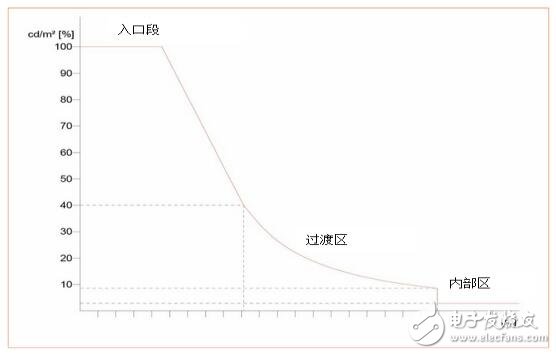
Figure 1: Adaptation curve of tunnel brightness 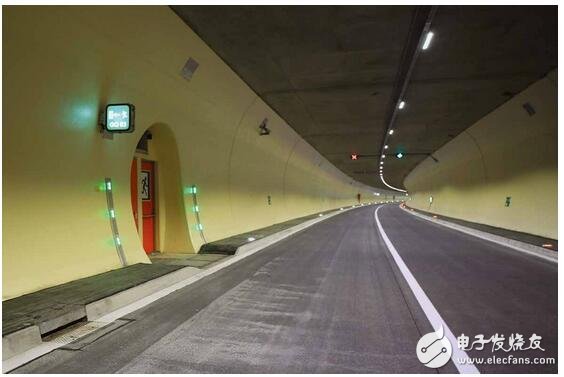
Figure 2: Comfortable tunnel lighting cluster 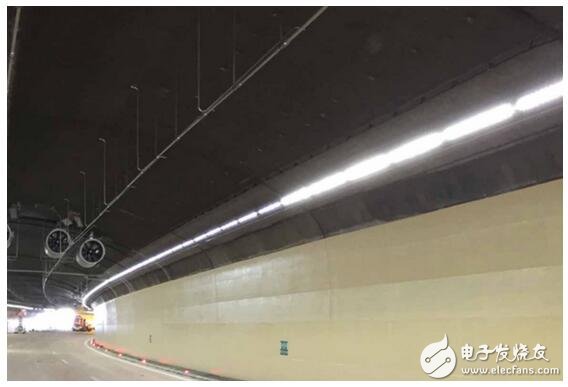
Figure 3: Continuous tunnel lighting cluster 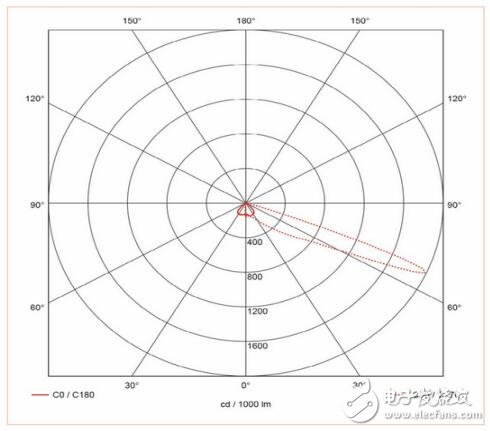
Figure 4: Reflected light distribution 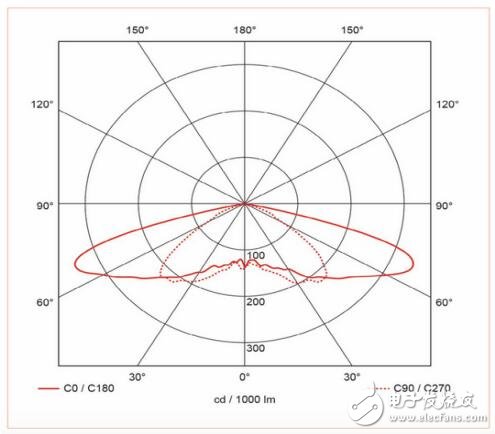
Figure 5: Symmetrical light distribution